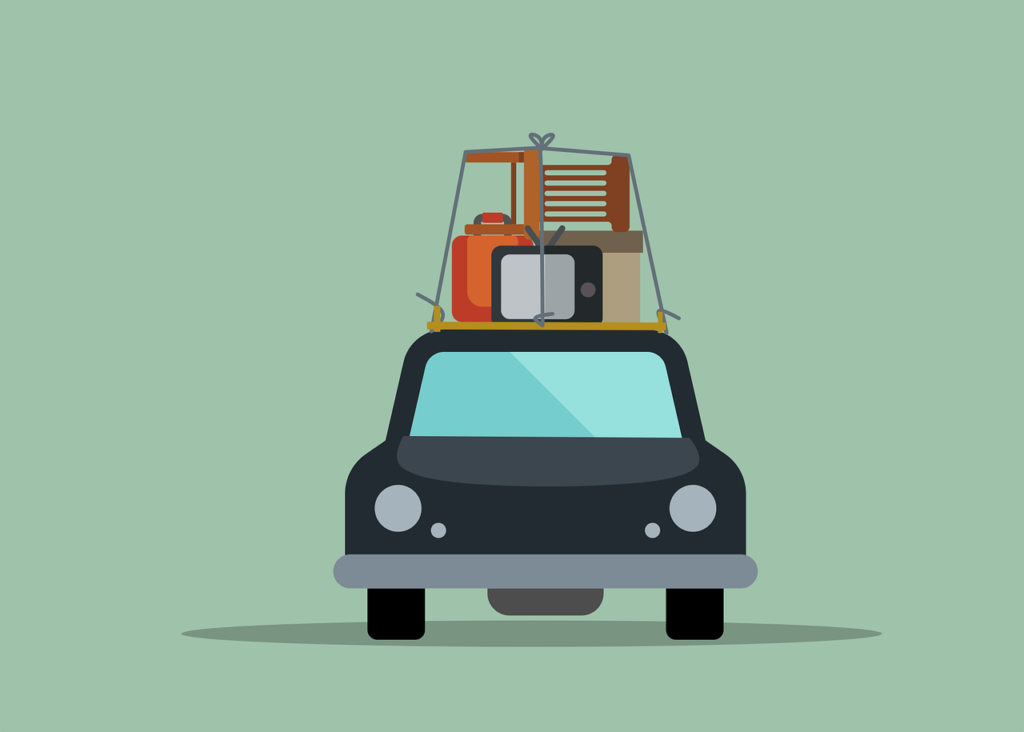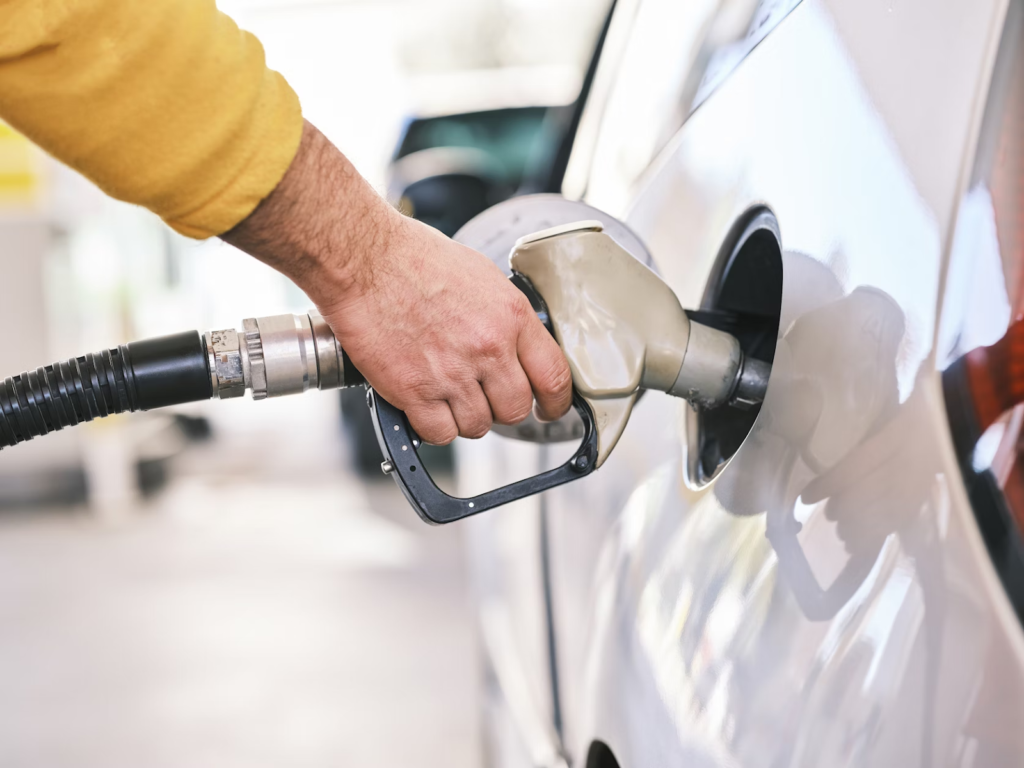
How to Choose the Right Car for Your Lifestyle and Budget
Car buying starts with one truth: no single car fits everyone, but the right car fits you. The automotive market is flooded with options, each promoting different specs and features. You could spend weeks comparing horsepower ratings and performance data, but the secret lies in finding a car that sparks joy when you see it in your driveway.
That’s because a car you love earns your patience. You’ll overlook the occasional squeak, forgive the imperfect door alignment, and smile at quirky features. But choose a car based solely on others’ opinions, and every small flaw grows into a daily frustration.
This guide offers actionable advice to match your lifestyle and budget with a car that doesn’t just check boxes but also sparks joy every time you grab the keys.
Set Your Budget

Before you even start car shopping, you need to know how much you can realistically spend. If you’re not paying cash upfront, financing or leasing will be key considerations.
Leasing allows you to drive a newer car at a lower monthly cost – appealing if you prefer having the latest model. However, you won’t build equity, and when the lease is up, there’s nothing to sell or trade in. You’ll also need to stay within mileage limits and keep the car in pristine shape to avoid extra fees.
Buying, on the flip side, gives you full ownership, meaning no mileage limits or lease-end penalties and you can keep the car as long as you like. But it usually means higher monthly payments and a longer-term commitment to make the purchase worthwhile.
A good rule of thumb is that your monthly payment shouldn’t exceed 15% of your take-home pay. This guideline applies to both new and used cars, though used vehicles tend to be more affordable.
Also, plan for an additional 7% of your income to cover fuel, insurance, and routine maintenance. This 22% total gives you a clear spending limit before you walk into a dealership.
Read: Victory for Verstappen in China with a Comfortable Win in Shanghai
For example:
- Monthly take-home pay: $4,000
- Maximum car payment: $600 (15%)
- Fuel and insurance budget: $280 (7%)
- Total monthly car budget: $880
Understand Fuel Costs

Think about how much you’re willing to spend on fuel and how often you’ll be stopping at the pump. While you can’t control fuel prices, you can make an informed choice by understanding the factors that affect them.
Engine size, for instance, directly affects consumption. Smaller engines use less fuel, while larger engines burn more, reducing overall efficiency. A four-cylinder engine often delivers the sweet spot of power and efficiency for daily driving.
Vehicle type plays its part too. Economy cars and hatchbacks lead in fuel savings, especially in their hybrid and electric versions. Luxury vehicles often demand premium fuel, adding costs at every fill-up. Also, consider your regular routes – If gas stations are few and far between where you live, choose a car with a larger fuel tank for fewer refueling stops
That said, driving habits matter just as much as vehicle choice. Aggressive acceleration and hard braking can slash fuel economy by 15% to 30% on highways. Consider smooth driving as money saved – gentle starts and stops stretch each tank further. Even the most efficient hybrid loses its advantage under a heavy foot.
Assess Your Needs and Priorities
Think about your typical day. City drivers need cars that slip easily into tight parking spots and handle stop-and-go traffic smoothly. If you’re a weekend adventurer, you’ll want space for gear and strength for mountain roads. And if your car is like a second home during long commutes, comfort and a quiet cabin might top your list.
Pick the top three priorities that matter most to you. Think about:
- Your commuting patterns
- Do you need space for kids or car seats?
- Any camping trips, sports gear, or road trips to plan for?
- How often do you haul big items?
- Do you prefer a gas-sipper or a more powerful engine?
- Will your needs change in a few years?
Whatever the case, don’t get lost in endless comparisons. Listen to your instincts about what feels right for your life right now. The perfect car balances what you need most days with what you want for special occasions. Focus on finding that sweet spot instead of chasing an impossible perfect match.
Consider Future Resale Value
You’ve heard it a hundred times: a car loses value the moment you drive it off the dealer’s lot. It’s true, and that drop continues steadily until the day the car finally reaches the auto graveyard.
Depreciation – the gradual loss of a vehicle’s value – is often your biggest long-term expense, especially with pricier models. In fact, the average new car keeps only 45% of its original price after five years. Take a $60,000 car – by year five, it’s worth about $27,00. That’s nearly $33,000 lost to depreciation alone.
But if you play your cards right, you can choose a car that holds its value, helping you put more money down on your next upgrade. Here are a few key factors to consider:
- Fuel-efficient cars depreciate slower due to buyers’ interest in saving at the pump.
- Neutral colors like black, white, and silver are resale favorites; unusual colors may deter buyers.
- Cars with high crash ratings and modern safety features draw used-car shoppers.
- Current tech features, like touchscreen infotainment and Apple CarPlay, keep cars desirable and help maintain value.
Performance parts tell an interesting story in resale value, too. Take Honda, with its impressive 52.5% value retention.
The thriving market for Honda performance parts, especially for Civics and Accords, boosts their resale value as buyers want easy modifications. The takeaway? Consider not just the car’s future value, but also its parts and modifications. Well-maintained vehicles with thoughtful upgrades often find eager buyers willing to pay more. Your car’s value story doesn’t end at the purchase – it grows with every choice you make as an owner.
